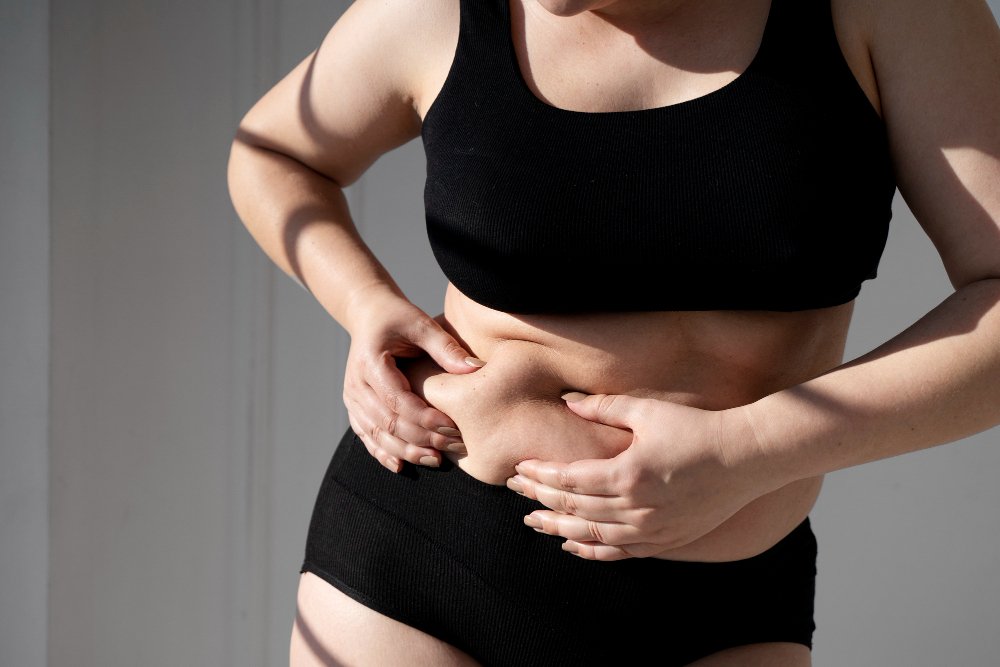What Studies Tell Us About Lipedema and Its Treatment Options

Lipedema is a chronic and misunderstood condition that affects millions of people worldwide, primarily women. Characterized by an abnormal accumulation of fat in the legs, hips, and sometimes arms, lipedema often goes undiagnosed or is mistaken for obesity or lymphatic disorders. This lack of awareness can leave patients feeling isolated and frustrated as they search for solutions.
Fortunately, in recent years, medical research has shed light on lipedema's causes, symptoms, and treatments, helping individuals better understand this condition. Among the most promising treatments is lipedema liposuction, a specialized procedure designed to improve mobility, alleviate pain, and restore confidence.
This blog takes a closer look at the studies that have contributed to our understanding of lipedema and the role liposuction plays as a treatment option.
What is Lipedema?
Lipedema is a chronic condition where fat is distributed disproportionately, often affecting the lower body while sparing the upper body. Unlike regular fat stores that change with diet and exercise, lipedema fat is resistant to these interventions, making it particularly challenging to manage.
Key Characteristics of Lipedema
- Symmetrical fat deposits: Both sides of the body are affected equally, typically in the legs, thighs, and hips.
- Pain and Sensitivity: Individuals often experience tenderness, bruising, and pain in the affected areas.
- Mobility Limitations: The condition can lead to reduced mobility due to heaviness, swelling, and joint strain.
Who is Affected?
Lipedema most commonly affects women and is often linked to hormonal changes such as puberty, pregnancy, or menopause. Studies estimate that nearly 11% of women globally may suffer from this condition to varying degrees.
Recent Studies on Lipedema
Study #1: The Genetic Link to Lipedema
Research published in the Journal of Obesity and Lipedema highlights the role genetics plays in the development of lipedema. Researchers found that individuals with a family history of the condition were significantly more likely to develop the disorder, suggesting a strong hereditary component.
This insight helps individuals better understand the root causes of their symptoms and confirms that lipedema is not simply a result of lifestyle choices.
Study #2: The Impact of Lipedema on Quality of Life
A survey conducted by the Lipedema Foundation gauged the physical and emotional toll of the condition. Results showed that over 85% of the respondents reported difficulties performing daily activities due to the discomfort caused by the fat deposits.
Additionally, participants noted feelings of frustration from being misdiagnosed, with some incorrectly labeled as obese despite hallmark symptoms of lipedema. The survey underscores the importance of proper diagnosis to tailor appropriate treatment plans.
Study #3: Liposuction and Long-Term Benefits
One of the most groundbreaking studies on lipedema was conducted by The European Journal of Plastic Surgery. Researchers examined patients undergoing specialized lipedema liposuction and found significant improvements in mobility, reduced pain, and overall quality of life.
The study revealed that the sooner individuals receive treatment, the better their long-term outcomes in terms of both physical and mental health.
Why Lipedema Liposuction is a Game-Changer
Traditional treatments for lipedema, such as compression therapy, physical exercise, and manual lymphatic drainage, focus on managing symptoms but do not address the underlying fat deposits. Lipedema liposuction, on the other hand, is unique because it physically removes the diseased fat cells, targeting the root of the condition.
Benefits of Lipedema Liposuction
- Pain Relief: By removing the pressure caused by swollen fat tissues, individuals experience reduced pain and tenderness.
- Improved Mobility: Excess fat around the joints is eliminated, leading to greater ease of movement.
- Enhanced Appearance: Patients often report more proportional body contours, which can greatly improve self-esteem.
- Better Long-Term Management: Studies show that lipedema liposuction can slow the progression of the disease, making it easier to manage in the future.
The Procedure at a Glance
Lipedema liposuction is different from traditional cosmetic liposuction. It uses a specialized technique called tumescent liposuction, which minimizes damage to surrounding tissues, ensuring a safer and more effective procedure. This method is tailored to safely remove larger volumes of stubborn fat while reducing risks of complications.
What Patients Say
Testimonials from individuals who have undergone lipedema liposuction often highlight life-changing results. Improved physical function and a return to everyday activities are among the most common benefits reported.
How to Determine if Liposuction is Right for You
If you’ve been diagnosed with lipedema or suspect you may have it, consider speaking with a medical professional experienced in this area. A consultation can clarify the stage of your condition and explore whether liposuction is a good fit for your needs.
Criteria for Candidacy
Individuals seeking lipedema liposuction are typically evaluated on factors such as:
- The severity of their condition
- Their overall health and lifestyle
- Their personal goals for surgical outcomes
Moving Forward with Confidence
Lipedema is a condition that deserves greater awareness and research. The growing body of studies demonstrates the remarkable progress being made in identifying effective treatments, with liposuction leading the way as a powerful tool for managing this challenging condition.
If you’re considering lipedema liposuction, don’t wait to start your path toward relief and improved quality of life. Contact Byrd Lipedema Surgery Center today to schedule a consultation and learn how our expert team can help you regain control.